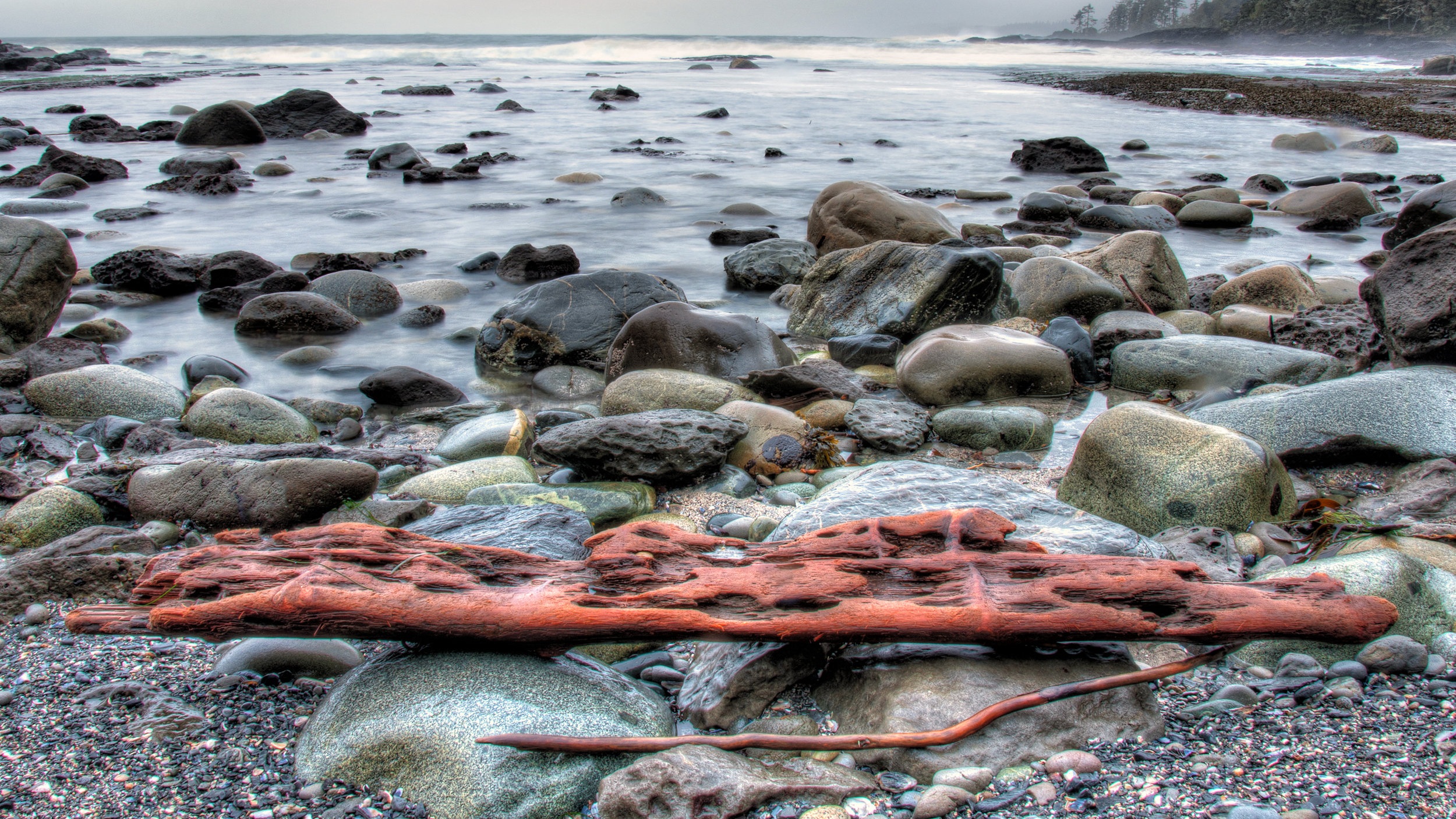When Should I Use HDR In My Photos?
Let's talk about HDR! If you are new to photography, you might benefit from a short lesson on HDR. If you're already familiar with HDR, this post can refresh your knowledge of HDR.
Let's start with the basics: HDR stands for High Dynamic Range imaging. It was introduced to cameras on smartphones a few years back. You'll find it on some Android devices and all iPhones.
However, do you know what HDR does? If you think it as an enhancement for photos, you'd be correct - most of the time. There are circumstances when you shouldn't use HDR.
How it works
HDR adds more dynamic range to pictures with the dynamic range defined as the ratio of light to dark in a photo. HDR uses three photos taken at various exposures, instead of taking just one picture.
You can then (if you want) use HDR Lightroom Presets by Beart-Presets or use editing software, like Lightroom, to combine the three images into one, emphasising the best elements of each picture.
HDR on a camera phone
On a smartphone's camera, the phone does the HDR work for you, so you don't need to use special editing software. The phone gives you one regular photo and one HDR.
If you've noticed that shooting in HDR takes a bit longer when you're shooting, it's because it's taking three pictures and creating an HDR one and a regular one.
When to use HDR
Just because HDR improves pictures, doesn't mean you should use it every time you shoot. Here are some examples of when you should shoot using HDR:
Natural-light Portraits: Natural lighting is usually a good thing for any portrait, but too much lighting or harsh lighting in a portrait can ruin an image. HDR can help even out harsh light and shadows.
Low-light scenes: This is the opposite of too much natural light. HDR and take an image with low lighting or too much backlight and brighten the foreground without wiping out the well-lit elements.
Landscapes: Much contrast in a scene such as you often get with landscapes can overwhelm a camera. Using HDR, however, can balance and even out the contrasts.
When not to use HDR
As you now know, there are times to use and not to use HDR. For some images, using HDR can your pictures look worse.
Here are some examples of when not to use HDR:
High-contrast: If your goal for an image is to show or retain sharp contrasts, then you do not want to use HDR. As we said above, HDR diminishes contrast it sees in any part of the image.
Movement: HDR increases the likelihood of blur if there is any motion in a picture. Because HDR takes three pictures if there's movement between, let's say, the first and second picture, the third won't come out correctly.
Bright colors: If you want your image to retain any vivid colors, then stay away from using the HDR feature, or you risk losing vibrancy in the bright colors.
To use or not to use
As we said above, most HDR cameraphones give you two images: one without HDR and the other with it. That allows you to see both images, compare them, and select one. The beauty of digital photography is the opportunity to shoot, view, and delete.
If you don't have time in the field when you're shooting, you can always delete later. You'll find that with practice you get better at knowing when to use (or not to use) HDR!




















